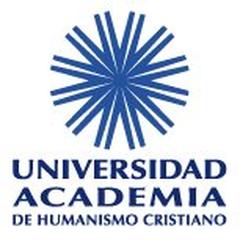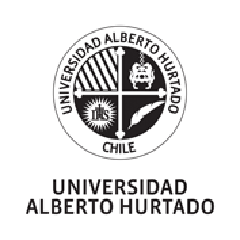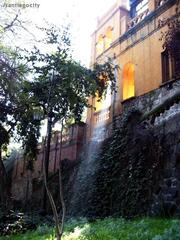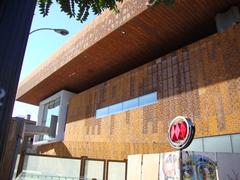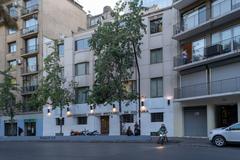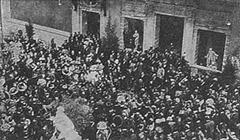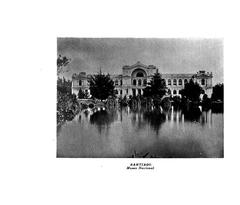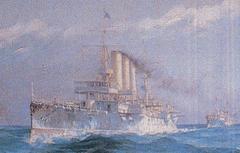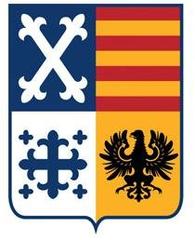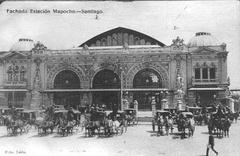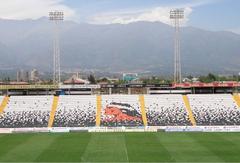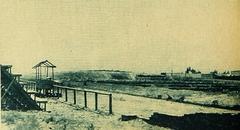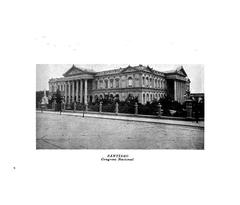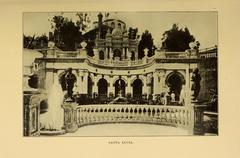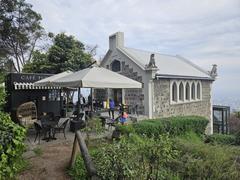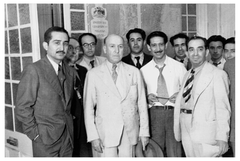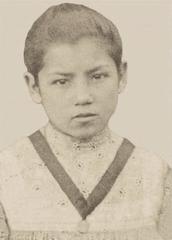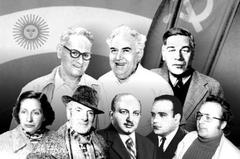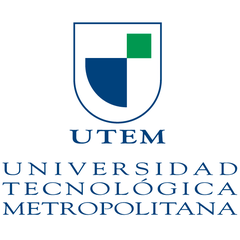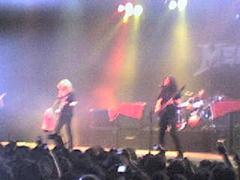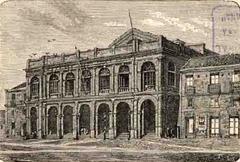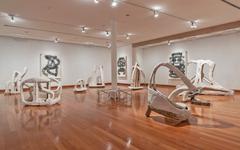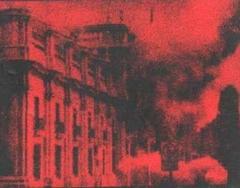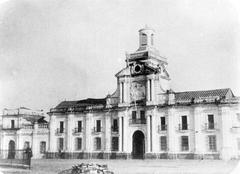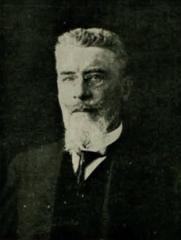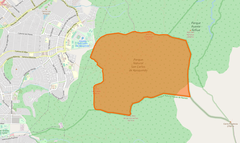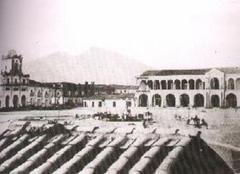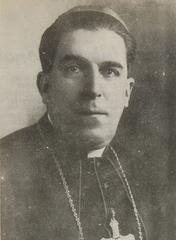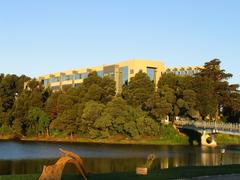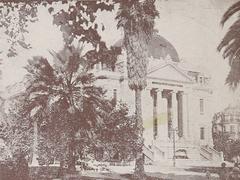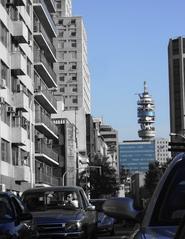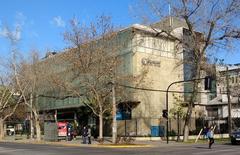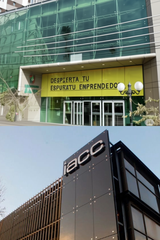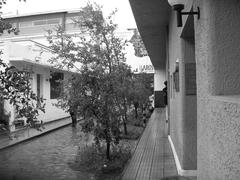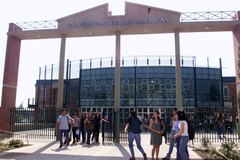Santiago Metropolitan Park: Visiting Hours, Tickets, and Attractions Guide
Date: 15/06/2025
Introduction
Santiago Metropolitan Park—locally known as Parque Metropolitano de Santiago or PARQUEMET—is among Latin America’s largest urban parks and serves as a vital green space for the city of Santiago, Chile. Spanning more than 700 hectares, the park encompasses the iconic San Cristóbal Hill (Cerro San Cristóbal), offering an impressive combination of natural landscapes, cultural heritage, and recreational opportunities. Its highlights include the historic Manuel Foster Observatory, the towering 22-meter statue of the Virgin Mary, the National Zoo, beautiful botanical and Japanese gardens, public swimming pools, and a network of trails for hiking and biking.
The park is easily accessible, with infrastructure such as a historic funicular railway and a modern cable car system offering panoramic views of Santiago and the Andes. PARQUEMET also plays a crucial ecological and social role, improving air quality, mitigating urban heat, and fostering inclusive community engagement.
This guide covers all you need to know about Santiago Metropolitan Park: visiting hours, ticket information, key attractions, accessibility, and practical tips. For the latest updates, ticket booking, and event details, always visit the official Santiago Metropolitan Park website, and consider downloading the Audiala app for interactive audio tours and real-time information (source 1, source 2, source 3).
Table of Contents
- Introduction
- Historical Overview
- Practical Visitor Information
- Key Attractions and Points of Interest
- Photography and Scenic Spots
- Tips for Visitors
- Frequently Asked Questions (FAQ)
- Conclusion
- References & Official Sources
Historical Overview
Early Beginnings and Park Creation
San Cristóbal Hill has been a prominent feature of Santiago since the city’s founding. Originally a rugged, undeveloped area, it gained significance as a site for scientific and religious projects, such as the Manuel Foster Observatory (established 1903) and the statue of the Virgin Mary (installed 1908). The transformation into a public park began in the early 20th century, led by visionaries like Alberto Mackenna Subercaseaux and Pedro Bannen. Their efforts resulted in the park’s formal establishment in 1966, integrating San Cristóbal Hill with other green spaces and attractions.
Urban and Cultural Significance
PARQUEMET serves nearly 7 million people as Santiago’s “green lung,” improving air quality and offering recreational, social, and educational spaces. Its diverse attractions, from pilgrimage sites to scientific landmarks, reflect the city’s evolving relationship with nature, culture, and urban life.
Practical Visitor Information
Location & Entrances
Santiago Metropolitan Park is located northeast of the city center, surrounded by neighborhoods like Bellavista and Providencia (WelcomeChile). Main entrances include:
- Pío Nono: Closest to Bellavista, with access to the funicular, National Zoo, and sanctuary (GuideTour).
- Pedro de Valdivia: Best for the cable car, Japanese Garden, picnic areas, and main trails.
- Bosque Santiago (Camino La Pirámide 6000): Accessible by vehicle, bike, or on foot.
Getting There:
- Metro: Baquedano (Lines 1 and 5) and Pedro de Valdivia (Line 1) are the closest stations.
- Bus: Multiple routes stop near major entrances.
- Car/Bike: Parking is available but limited, especially on weekends. Bike paths lead directly into the park.
Visiting Hours (2025)
- General Park Hours:
- Summer (Oct–Mar): 8:30am – 8:00pm
- Winter (Apr–Sep): 8:30am – 7:00pm
- Attractions:
- Funicular & Cable Car: Typically 10:00am – 6:00pm
- Pools: Open seasonally, hours vary
- Always check the official website for updates.
Tickets and Pricing
- Park Entry: Free
- Attractions (2025 estimates):
- Funicular: CLP 3,000–4,000 (adults, one way/round trip)
- Cable Car: CLP 3,000–4,500 (adults, one way/round trip)
- National Zoo: CLP 4,000–5,000 (adults)
- Swimming Pools: CLP 7,000–10,000
- Combo tickets are available for multiple attractions; purchase on-site or online via the official website.
Accessibility
The park is designed to be inclusive, with ramps, paved paths, adapted restrooms, and accessible transport (funicular, cable car) for visitors with limited mobility.
Visitor Services
- Information centers at main entrances
- Restrooms and drinking water stations
- Food kiosks, cafes, and souvenir shops near major attractions
- Maps and assistance in multiple languages
Key Attractions and Points of Interest
Cerro San Cristóbal
The park’s crown jewel, rising 880 meters above sea level, offers stunning city and mountain views. Reachable by hiking, cycling, funicular, or cable car.
Statue of the Virgin Mary & Sanctuary
A 22-meter-high statue and sanctuary at the summit, visible citywide and the site of religious and cultural gatherings (GuideTour).
Manuel Foster Observatory
A historic scientific site, built in 1903, offering public astronomy programs and guided tours.
National Zoo (Zoológico Nacional de Chile)
Home to 1,000+ animals across 150 species, with a focus on Chilean wildlife and conservation efforts (WelcomeChile).
Botanical and Japanese Gardens
- Botanical Garden: Features native flora and educational exhibits.
- Japanese Garden: Traditional landscaping, koi ponds, and seasonal cherry blossoms (DestGuides).
Tupahue and Antilén Pools
Large outdoor pools open in summer, popular for cooling off on hot days (WorldlyAdventurer).
Gabriela Mistral Amphitheater
An open-air venue hosting concerts, theatrical performances, and community events.
Trails, Picnic Areas, and Playgrounds
Extensive trail network for hiking, cycling, and running; picnic zones with tables and barbecue grills; and playgrounds for children.
Photography and Scenic Spots
- Summit viewpoints offer panoramic city and Andes views
- Cable car and funicular stations provide unique perspectives
- Japanese and Botanical Gardens are ideal for nature photography
- Best times: sunrise and sunset for dramatic lighting
Tips for Visitors
- Plan Ahead: Review the park map and prioritize attractions based on interests and entrance location (GuideTour).
- Dress Appropriately: Wear sturdy shoes and bring sun protection.
- Hydration: Carry plenty of water, as the sun can be intense.
- Arrive Early: Especially on weekends or holidays, to avoid crowds.
- Respect Park Rules: Stay on marked paths and dispose of waste properly.
- Sustainability: Help conserve the park by minimizing your environmental impact.
Frequently Asked Questions (FAQ)
Q: What are the park’s visiting hours?
A: Typically 8:30am–8:00pm in summer, 8:30am–7:00pm in winter. Check specific attraction hours online.
Q: Is there an entry fee?
A: Entry is free; tickets are required for attractions like the funicular, cable car, zoo, and pools.
Q: Are pets allowed?
A: Pets are generally allowed on a leash, but some zones have restrictions.
Q: How can I buy tickets for attractions?
A: Tickets are available on-site or online through the official website.
Q: Is the park accessible for people with disabilities?
A: Yes, the park offers accessible paths, ramps, restrooms, and adapted transport.
Q: Can I bring my own food?
A: Yes, picnicking is popular, and there are many picnic areas.
Q: Are guided tours available?
A: Yes, for the zoo, observatory, and some historical sites; check the website for schedules.
Conclusion
Santiago Metropolitan Park is a vibrant blend of nature, culture, and recreation—an essential experience for anyone visiting or living in Santiago. With its panoramic vistas, unique attractions, and welcoming community spaces, the park offers something for every type of visitor. Plan ahead, use this guide to navigate the park’s extensive offerings, and consult the official website for the latest updates. Enhance your trip with the Audiala app for guided audio tours and interactive maps, and follow social media channels for event news and travel tips.
Official Resources
- Santiago Metropolitan Park Official Site
- GuideTour
- Roam and Thrive
- WelcomeChile
- DestGuides
- WorldlyAdventurer
- Ooaworld
- Spark Nomad
- TouristPlaces.Guide
